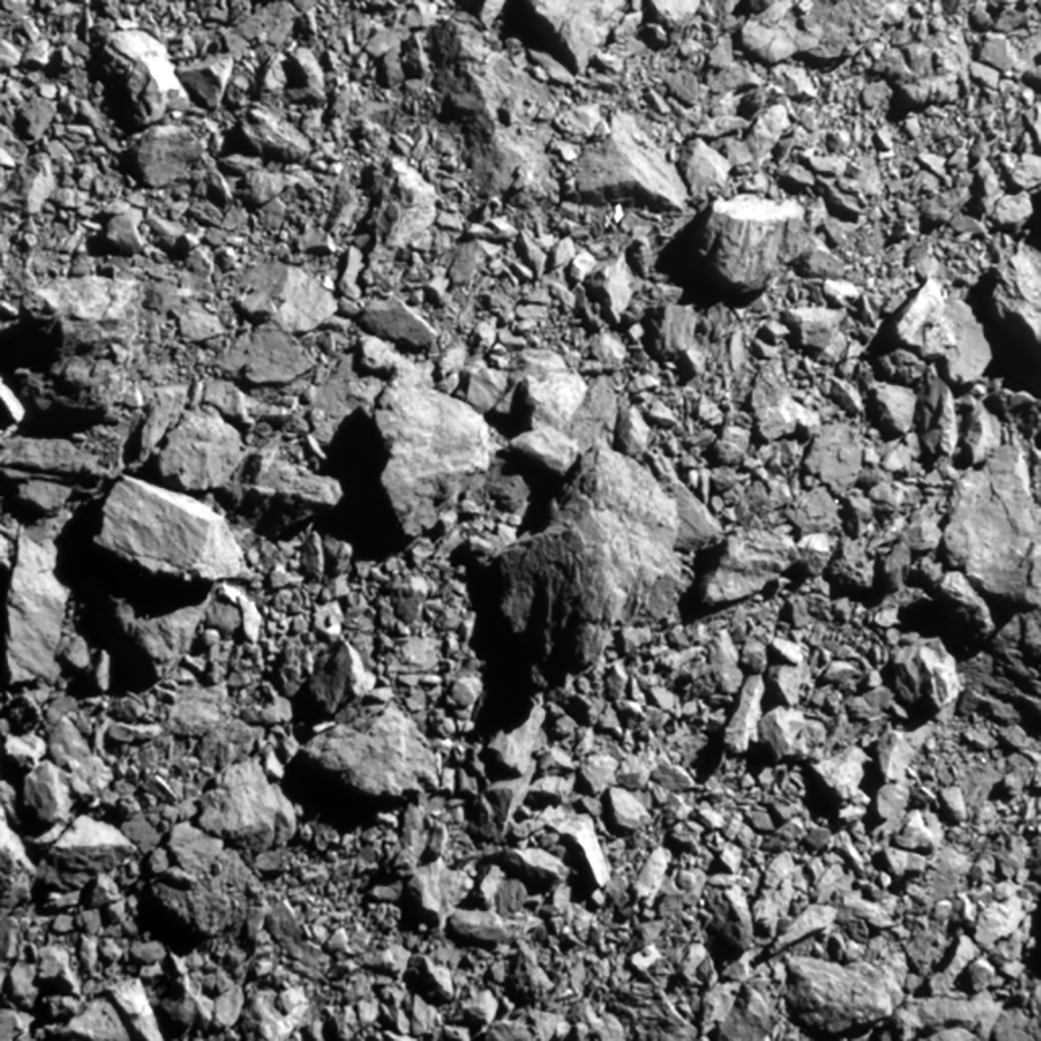NASA has published the latest image transmitted to Earth by the DART probe. It demonstrates the surface of the asteroid Dimorphos.

The photo was taken two seconds before the half-ton device, moving at a speed of 6.6 km/s, crashed into the Dimorphos. The impact led to the release of such a large amount of material that the asteroid got a tail, extending 10 thousand km.
The latest DART image shows a section of the Dimorphos surface with a width of about 30 meters (for comparison, the diameter of the entire asteroid is 160 meters). As it is easy to see, it is covered with numerous rather large stones. This Dimorphos resembles the asteroid Bennu, which at one time also surprised researchers with the composition of its surface.
With a high degree of probability, the similarity of the two asteroids is not limited only to appearance. Bennu is a “garbage heap” — a collection of debris formed during the destruction of a larger body and held together by gravity. This was clearly demonstrated during the operation to take a sample of its substance. When the OSIRIS-REx spacecraft released a nitrogen jet into Bennu, it literally “blew up” the asteroid. Later, the researchers concluded that by its properties, its surface resembles a pool filled with plastic balls, into which you can simply fall.
So far, scientists do not know which crater remained on the surface of the Dimorphos after its collision with DART. Most likely, the answer will be received in 2027, when the European probe Hera will enter orbit around the small body. It will photograph the resulting crater, as well as conduct a comprehensive study of the asteroid in order to determine its characteristics and features of the internal structure.
According to https://www.nasa.gov
Follow us on Twitter to get the most interesting space news in time
https://twitter.com/ust_magazine

